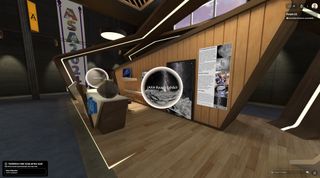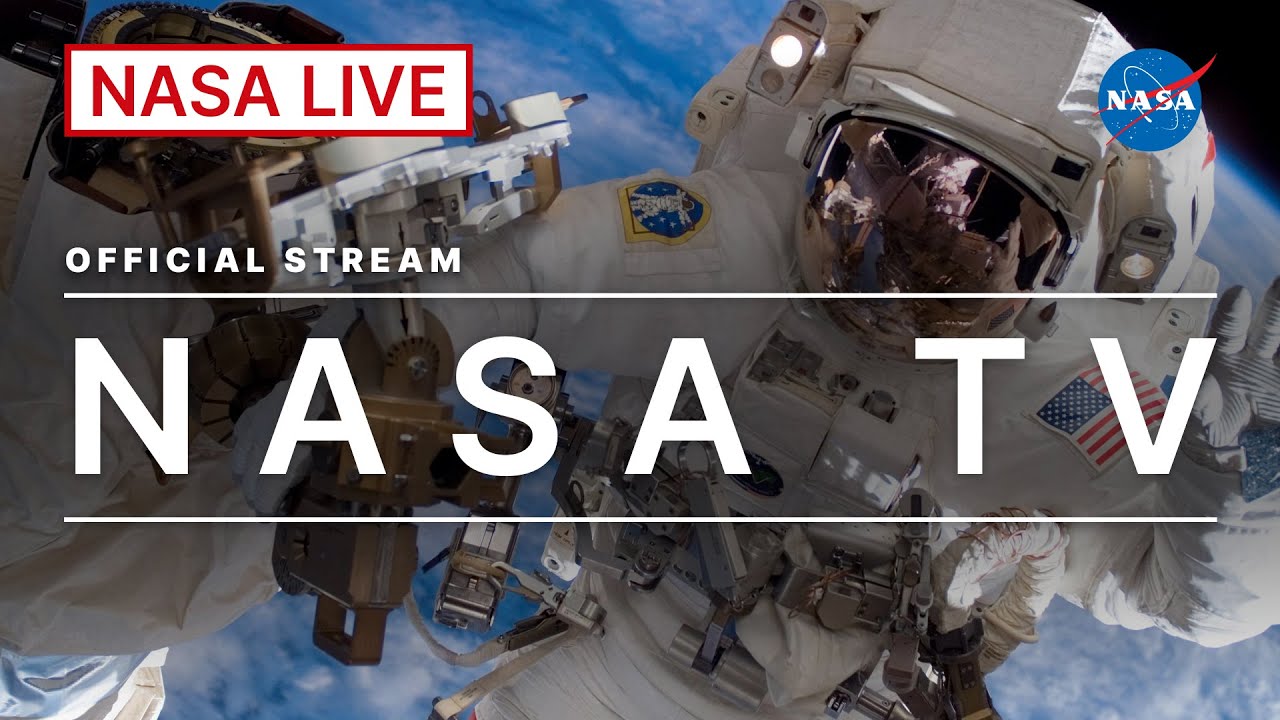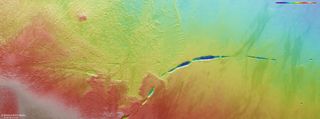The ultimate cosmic “cold case” has lingered for 843 years — and now, space detectives may have solved it at last. In 1181 AD, as the Genpei War raged in Japan, a mystery “guest star” briefly flashed over Asia’s skies. Astronomers had puzzled over the brief event until 2021, when a team of researchers tracked it to its location in the cosmos. Yet, the cause of the event, now designated supernova (SN) 1181, remained shrouded in mystery. That was until a team of scientists used computer modeling and observational analysis…
Read MoreTag: The Universe
Take a Summer Cosmic Road Trip With NASA’s Chandra and Webb
Cosmic Road Trip: four distinct composite images from NASA’s Chandra X-ray Observatory and the James Webb Space Telescope, presented in a two-by-two grid, Rho Ophiuchi at lower right, the heart of the Orion Nebula at upper right, the galaxy NGC 3627 at lower left and the galaxy cluster MACS J0416. X-ray: NASA/CXC/SAO; Optical/Infrared: (Hubble) NASA/ESA/STScI; IR: (JWST) NASA/ESA/CSA/STScI It’s time to take a cosmic road trip using light as the highway and visit four stunning destinations across space. The vehicles for this space get-away are NASA’s Chandra X-ray Observatory and…
Read MoreSolar maximum is in sight but when will it arrive (and when will we know)?
May and June 2024 saw the highest sunspot numbers on the sun since 2002, but is the peak of the solar cycle here yet? The sun follows an 11-year solar cycle of increasing and decreasing activity. Although not the first astronomer to discover the solar cycle, the solar cycle numbering and naming convention was first introduced in 1852 by Swiss astronomer Johann Rudolf Wolf. Within his new solar cycle numbering system, he set the historic 1755-1766 solar cycle ‘Solar Cycle 1’. By the time of his work, the sun was…
Read More‘Traffic jams’ around Uranus could solve the mystery of its weak radiation belts
Scientists may have solved a lingering mystery surrounding the ice giant Uranus and its weak radiation belts. It’s possible the belts’ weakness is linked to the planet’s curiously tilted and lopsided magnetic field; the field could be causing “traffic jams” for particles whipping around the world. The mystery dates back to Voyager 2’s visit to Uranus in January 1986, far before the probe left the solar system in 2018. The spacecraft found that Uranus‘ magnetic field is asymmetric and tilted roughly 60° away from its spin axis. Additionally, Voyager 2…
Read MoreHurricane Beryl makes landfall as Category 1 hurricane along eastern Texas (video)
The strongest hurricane to occur this early in the year made landfall in Matagorda, Texas, early Monday morning (July 8) at a Category 1 level on the Saffir-Simpson Hurricane Wind Scale. At 4:00 a.m. local time, Hurricane Beryl roared inland with maximum sustained winds of 80 miles per hour (129 kilometers per hour), bringing with it a , dangerous rise in seawater level — up to seven feet (two meters) in some spots along the Gulf coastline in eastern Texas. The storm also brought “considerable” flash and urban flooding inland…
Read MoreExtreme ‘hot Jupiter’ exoplanet stinks like rotten eggs and has raging glass storms
Using the James Webb Space Telescope (JWST), astronomers have discovered that one of the closest “hot Jupiter” planets to Earth stinks like rotten eggs. The planet is already infamous for its deadly rains of glass, extreme temperatures, and 5,000 mph (8,046 kph) winds that blow sideways, but this discovery makes this world seem even less friendly. The eggy JWST conclusion results from the discovery of hydrogen sulfide, a molecule that gives off the stench of rotten eggs, in the atmosphere of this extrasolar planet or “exoplanet.” This could tell scientists…
Read MoreJumping on an asteroid: How VR is being used to visit worlds we can never reach
I’m standing so close to JAXA’s Hayabusa2 asteroid lander that I could reach out and touch it. Instead, I jump on top of it. Then I strike a pose. When I leap off, I float for a moment in the low gravity before touching down gently on the surface of Ryugu, a craggy, gray world devoid of life and color. The “I” in this situation is my avatar, a digital approximation of myself that has a more consistent beard length and isn’t constantly rubbing sleep from its eyes. The Hayabusa2…
Read MoreWatch NASA’s 1st year-long mock Mars mission wrap up today
NASA Live: Official Stream of NASA TV – YouTube Watch On NASA’s first year-long mock Mars mission will come to an end today (July 6), and you can watch the action live. That mission, the first in the CHAPEA (“Crew Health and Performance Exploration Analog”) series, began on June 25, 2003, when four volunteers were sealed inside a simulated Mars habitat at NASA’s Johnson Space Center (JSC) in Houston. The quartet will exit the habitat today, after a staggering 378 days. You can watch their return to regular Earth life…
Read MoreMars orbiter captures Red Planet scar that’s longer than the Grand Canyon (image)
New images published by the European Space Agency have captured a 600-kilometer-long (373-mile-long) snaking scar on Mars’ surface in greater detail than ever before. The Red Planet is full of scratches and scars, and this one, named Aganippe Fossa, is another of these ditch-like grooves with steep walls — more specifically, however, Aganippe Fossa is what’s called a “graben.” “We’re still unsure of how and when Aganippe Fossa came to be, but it seems likely that it was formed as magma rising underneath the colossal mass of the Tharsis volcanoes…
Read MoreScientists tap into 2 new quantum methods to catch dark matter suspects
The hunt for dark matter is about to get much cooler. Scientists are developing supercold quantum technology to hunt for the universe’s most elusive and mysterious stuff, which currently constitutes one of science’s biggest mysteries. Despite the fact that dark matter outnumbers the amount of ordinary matter in our universe by about six times, scientists don’t know what it is. That’s at least partly because no experiment devised by humanity has ever been able to detect it. To tackle this conundrum, scientists from several universities across the U.K. have united…
Read More








